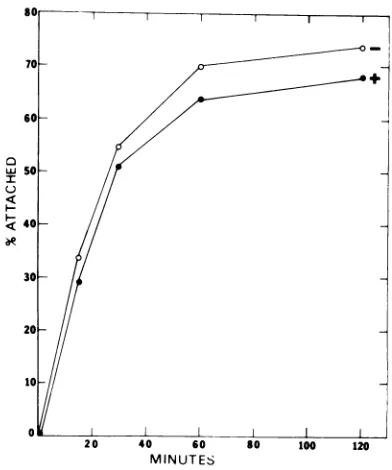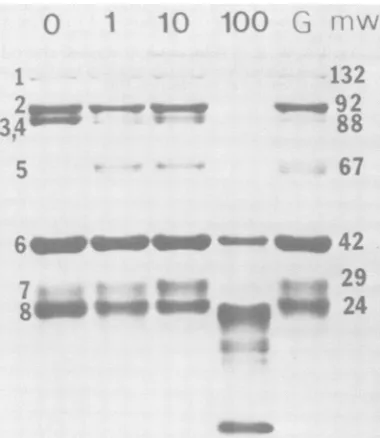Trypsin enhancement of rotavirus infectivity: mechanism of enhancement.
Full text
Figure


![FIG. 3.phate-bufferedfrompH]uridineorwithabsorption,ingdescribedwere not In vivo uncoating ofBRVL virions treated treated with trypsin](https://thumb-us.123doks.com/thumbv2/123dok_us/1474176.100050/4.499.226.443.78.572/bufferedfromph-uridineorwithabsorption-ingdescribedwere-uncoating-virions-treated-treated-trypsin.webp)

Related documents
In the project titled Biomedical Studies and IPR (Intellectual Property Rights) Documentation of Medicinal Plants Used in the Treatment of Women Diseases in Sindh,
Bell stated that it was impossible to construct a model that achieves all of these requirements of quantum theory by using functions A in one wing of the experiment and B in
In contrast, mosquitoes fed repeated blood meals maintained vcRNA and mRNA in the ovaries through- out the course of the study, and among mosquitoes that were held to establish
We generated Chinese hamster ovary cell lines that stably express wild-type, secreted, and glycosylphos- phatidylinositol (GPI)-anchored envelope glycoprotein of human
By transfecting mammalian cells with plasmids in which the MS promoter and its upstream sequence are linked to the bacterial chloramphenicol acetyltransferase gene, we have shown
9 Both parents and referrers appeared to be able to identify that all children referred for VFSS had a learning disability and difficulty with eating and drinking that
The presence in the Q8 cell line of a provirus which has a ClaI site and the fact that the mutants lacked this implied that the deletions or. mutations could be found in
Our experimental data also indicated that the association of the 100K protein with the nuclei that was observed both in biochemical cell frac- tionation tests and by
